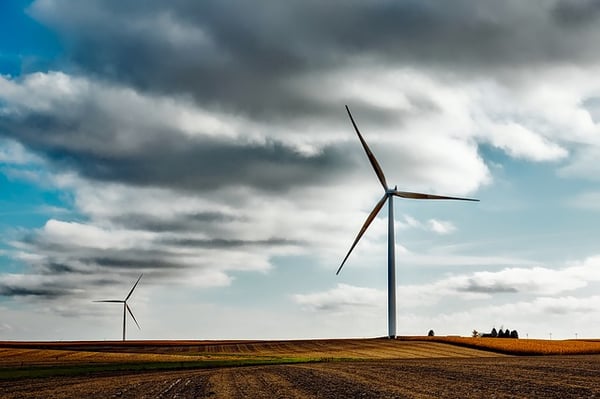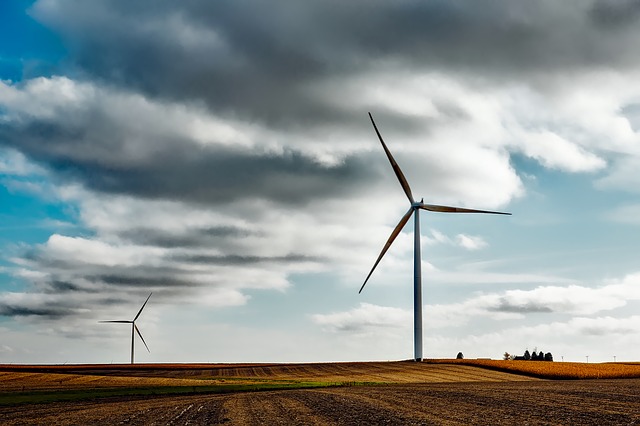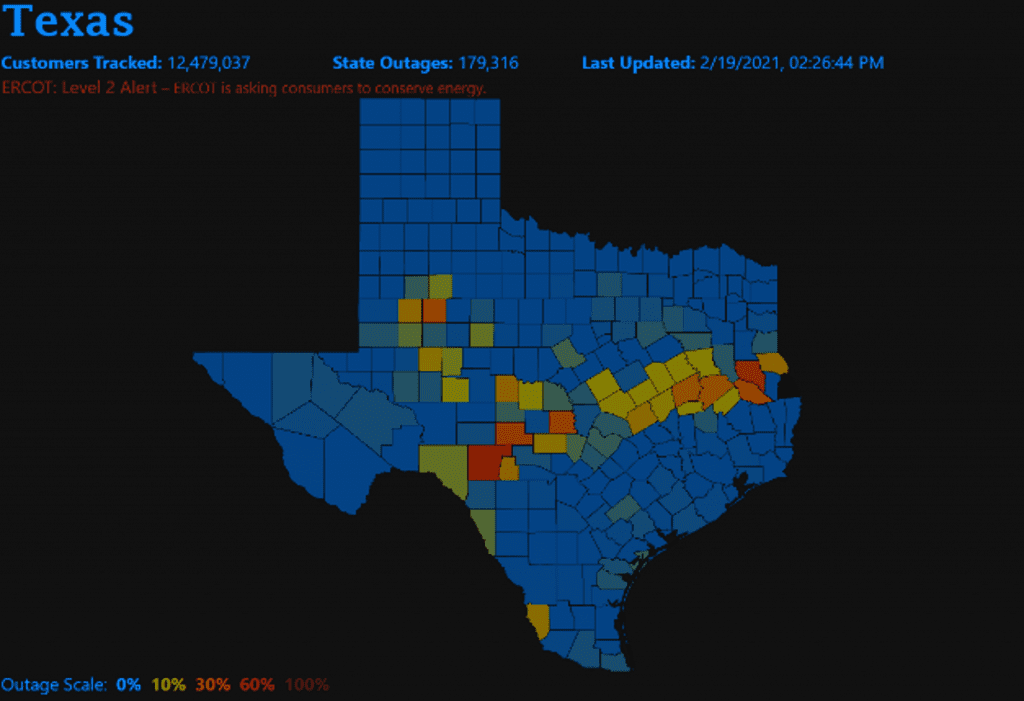Wind Energy Prices Drop as Turbine Technology Improves
 Converting wind into an energy source has proven to be a viable and profitable solution for sustainability. It’s also an inexpensive energy source — and prices keep going lower, thanks to emerging wind turbine technology.
Converting wind into an energy source has proven to be a viable and profitable solution for sustainability. It’s also an inexpensive energy source — and prices keep going lower, thanks to emerging wind turbine technology.
After topping out at 7 cents per kilowatt hour in 2009, the average levelized long-term price from wind power sales has dropped to about 2 cents per kilowatt hour.
According to the 2022 Land-Based Wind Market Report, "The average installed cost of wind projects in 2021 was $1,500/kW, down more than 40% since the peak in 2010."
Lower wind energy prices are great for end users, but not great for turbine owners or operators. That’s because it’s harder to justify installing turbines in high-price environments – at least until wind energy costs increase, which isn’t likely to happen soon (if ever).
This is a major challenge for owners/operators that must be navigated carefully if operations are to stay viable. This post will explore the current state of wind energy and what owners/operators can do to keep their profit margins in check.
The State of Wind Energy Prices
Wind energy is affordable. In fact, it’s more affordable than it has ever been.
This is largely due to better wind turbine technology and the cost reduction in wind power that’s come in a relatively short time frame. As we mentioned, this is great news for consumers, who are always very welcoming of any type of overhead savings — especially on things like utilities.
But for owners/operators that have profit margins to meet, it can be a challenge.
Long-Term Cost Efficiency Strategies with Wind Turbine Technology
Owner/operators worried about profit margins should think about long-term turbine availability versus short-term up-front cost when it comes to wind turbines. By this, we’re talking about the selection of the wind turbine technology itself.
Most wind turbines in operation today are stall-controlled, meaning that they’re small-kilowatt, utility-scale turbines. By moving toward wind turbines that are pitch-controlled and more efficient, owners/operators can save money by installing fewer units. It’s a case of less is more, as fewer turbines mean reduced equipment purchase and labor costs. Over time this can help offset some of the record-low wind costs.
More About the Technology
Some pitch control and pitch actuator manufacturers specialize in these high-end, pitch-controlled turbines.
Here’s a real-life example of a customer that faced many of the challenges we’ve detailed so far. Trying to keep profit margins in check, this customer wanted to build fewer — yet bigger — towers. To achieve this, it crafted a 33-meter rotor. This was far bigger than the 24-meter rotors it previously made.
Creating a rotor of 30 or more meters in size isn’t possible without a pitch actuator system. Stall-controlled turbines simply can’t handle it.
The increased rotor size meant that the turbines increased their swept area (the area that the blades cover when spinning) from 452 sq. m. to 855 sq. m. You’re probably already visualizing that this increased the capital expenditure per power output. By creating fewer, yet larger, turbines, big-picture savings were significant.
It’s worth noting that pitch actuators add to the total cost of the turbine, but these systems can be purpose-built to fit a specific turbine. In other words, pitch actuators can be custom-designed and built to fit the application, rather than pre-built so the application has to fit them.
This can optimize turbines so they run better and more efficiently. There’s no doubt that pitch systems help lower capital expenses and the operational expenses that come with running turbines.
Stop Waiting for Prices to Soar Back Up!
Wind energy prices are at an all-time low, and they’re not projected to increase at any point soon. Owner/operators will have to get creative if they want to keep profit margins at, or even close, to what they used to be.
Pitch-controlled turbines have proven to be an important part of that solution and can play an even greater role moving forward.
(Editor's note: This blog was originally published in 2019 and has been updated to reflect current information.)



